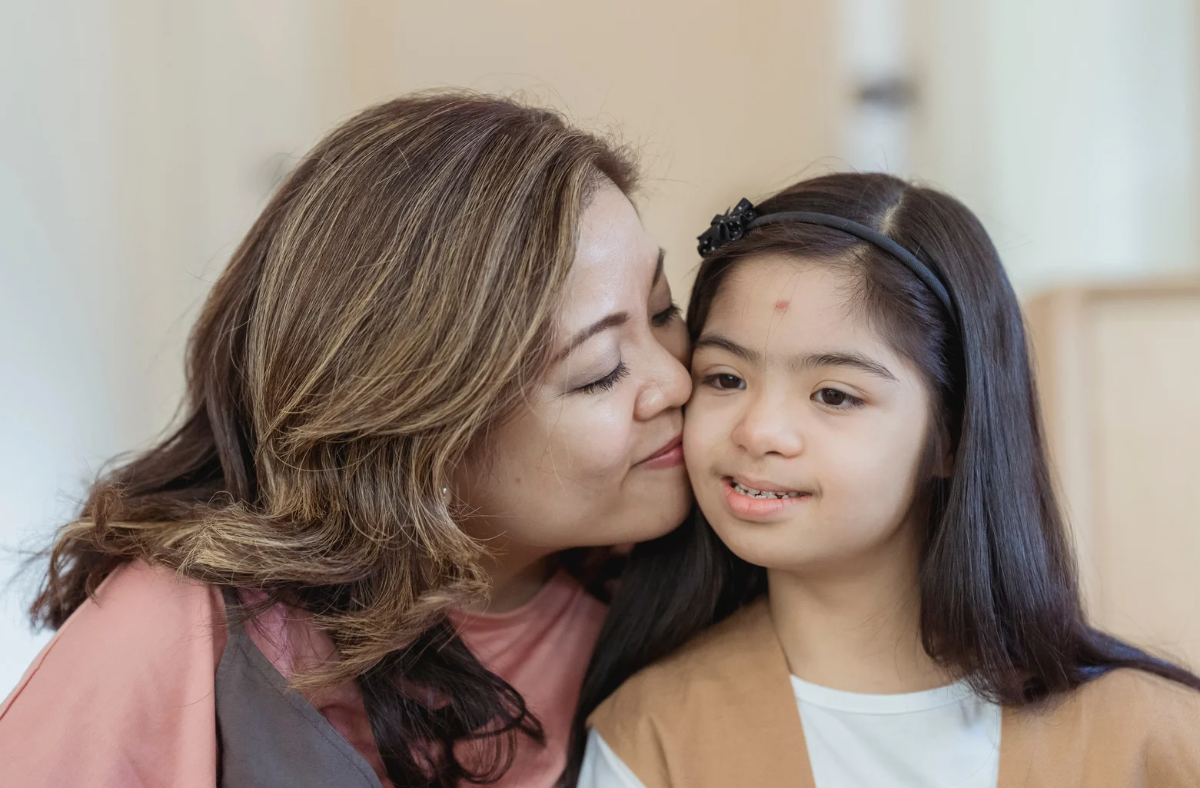|
The way that every person exercises, trains, or learns is different from another. In fact, every individual has different abilities that give us the capability to function in various settings. However, it’s become increasingly important to recognize and help involve children and young adults with disabilities. Maintaining and developing physical activities for children with disabilities are important first steps in helping differently-abled athletes develop social bonds and community skills.
Understanding Diverse Abilities 61 million adults in the United States live with a disability, with almost 15% of the population aged 5 or older reporting some type of disability. Although diverse abilities in the past have been viewed as a deterrent to new experiences, diverse abilities can actually be a connection point for many differently-abled individuals. Children with disabilities may have specific triggers or need special accommodations. However, all children can benefit from building sustainable connections and learning to express themselves through functional communication. One of the most significant methods that children can use to build a foundational base of functional communication is through physical activity. Benefits of Physical Activity Children with special needs are nearly twice as likely as other children to be overweight or obese, often due to the greater chance of being sedentary. Many times, children and young adults with special needs are overlooked or excluded when physical activities at traditional schools are planned or implemented. This exclusion is usually unintentional. However, it significantly limits the experiences of children, limiting physical developmental opportunities as well as social ones. The truth is that there are significant benefits when it comes to exercising for children with disabilities. While it’s clear that physical improvements are a benefit of exercise, the self-esteem of children with disabilities, as well as a reduction in maladaptive behaviors. Maladaptive behaviors interfere with a child’s ability to participate in particular settings, adapt to new or difficult circumstances, or complete daily activities. Physical activity can be a great way to get your child past certain maladaptive limitations. Physical activity can also:
Obstacles Athletes with Disabilities Face If it’s true that physical activity can improve so much for a child with special needs, you may be asking why more parents aren’t using physical activity as an outlet for athletes. In truth, parents of those with diverse abilities already face multiple challenges, including financial hardship, maintaining their child’s appointments, or managing the responsibility of additional children. Often, there are no options at schools or after school programs for an athlete with disabilities to get out and get involved. In traditional programs, athletes with disabilities are regularly overlooked even if they want to participate. For many schools or group homes, getting children with diverse abilities involved while making accommodations is simply too much to handle. Often, there are multiple barriers that hinder the involvement of a child with special needs. As described by the World Health Organization, barriers are described as “Factors in a person’s environment that, through their absence or presence, limit functioning and create disability. These include aspects such as:
There are seven common barriers that an athlete with special needs may face, including attitudinal, communication, physical, policy, programmatic, social, and transportation. Here, we’ll explore the three most common types. Three Common Types of Special Needs Barriers Attitudinal barriers Attitudinal barriers are the most common types of barriers people with special needs face. Even though our society has evolved dramatically in its understanding of diverse abilities over the last few decades, there are still stereotypes and misconceptions about those who have special needs permeating throughout much of society. By not defining special needs as a limitation that divides and instead accepting it as a social responsibility to accommodate those with diverse abilities, more people can be supported to live fulfilling lives. Often, it's not that people with diverse needs don’t want to be involved. Instead, individuals without barriers have already made the decisions for them. Communication Barriers Communication barriers for a person with a disability involve anything that impacts reading, writing, hearing, speaking, and understanding. These barriers could include videos without captioning, one font for the text, or even the use of technical language when communicating. In physical activities, participants often have to follow standard communication for a class. However, individuals with diverse abilities may need more accommodations to fully participate in a lesson or game. In traditional settings, this can leave special needs athletes missing out on the fun of social bonding. Physical barriers Physical barriers are objects that prevent or block mobility or access. Whether it is steps a person in a wheelchair can’t use or a piece of equipment that doesn’t accommodate an individual with diverse abilities, physical barriers commonly prevent full participation in an activity. Accommodating the Athlete: Specialized Exercise The truth is athletes with special needs want to be involved just like any other athlete. By taking an individualized approach through accommodations, modifications, or simply listening, you can get your child involved in an exercise program that will help them have fun, make friends, and get in better shape. Although you can use adaptive fitness exercises to get your child exercising, finding a community will help them build a foundation for life-long health and wellness. At Let’s Go Fitness, we start our athletes one-on-one with our instructors, teaching them how to have fun and understand basic exercises, and then we build on that foundation of specialized exercise. Next, athletes graduate to small group exercises, where they make new connections while exposed to new exercises. Following the foundation of friendships and new exercises, athletes can graduate to their fitness level, where they keep increasing their fitness while working out with larger groups. At LGF, we overcome barriers together. By understanding the diverse abilities of our athletes, we have been able to create a passionate community that our athletes are proud to call home. By getting involved in LGF, your child will have the opportunity to find others with diverse abilities, and you’ll be responsible for opening the door to new possibilities.
0 Comments
|
ABOUTLet's Go Fitness's blog page keeps you up to date with educational and instructional information for training with diverse abilities. Archives
June 2023
Categories |
Let's Go Fitness
© 2020 Let's Go Fitness is an online fitness platform for people of all abilities.


 RSS Feed
RSS Feed